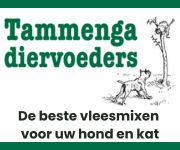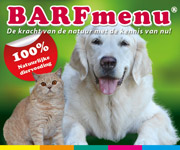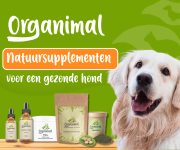Nog wat meer over knoflook...sorry is engels,maar ik denk dat het wel duidelijk zal zijn dat 'n beetje knoflook heel gezond is.
Wendy Volhard, "The Holistic Guide for a healthy dog"
Garlic:
Nature's antibiotic, garlic contains a wealth of vitamins,mineral and oils,as well as protein and fat.
Garlic used in your dog's food helps to kill intestinal parasites.
The smell of garlic excreted through the skin often makes your dog unpalatable to fleas.
The oil of garlic has been used to clear up cases of ringworm,skin parasities,some warts and tumors.
Use in diluted firn as an enema it can alliviate bowel infections and parasites.
Uses as a douche it can correct yeast infections,You can use it with olive oil to make a mild ear medication.
Peel the garlic cloves,mince them,and place them in a dark glass jar.Pour some olive oil over them,until the garlic is covered,shake,refrigerate for several days,strain the mixture and then use it.
Keep stored in a cool dark place.
Garlic is available in tablet,capsule,fresh and liquid form.
There is a form of aged garlic called kyolic garlic,which when fed does not have an odor to it.
Garlic is good to use for dogs under stress or for those who live in a hot,humid climate where chances of parasite infestation are greater than in colder areas.
~~~~~~~~~~~~~`
Pat McKay,"Reigning cats and dogs"
Garlic has a similar antibiotic action as penicillen
garlic as source for selenium and sulphur
~~~~~~~~~~~~~~~~~
Kymythy Schultze,"Natural Nutrition for dogs and cats",
Garlic has a long history of use against parasites,bacteria, and fungus
~~~~~~~~~~~~~~~~~~~
Juliet de B.L maakt zoveel gebruik van knoflook,dat het me teveel werk is om 't hier allemaal neer te zetten








